Death of the Apple Watch (and other Smart Watches)
The first digital watch appeared in 1972 [1] — the Pulsar, manufactured by Hamilton Watch Company. Since then, we’ve seen a couple of “computer watches” and the calculator watch in the mid-80s, then a “watch phone” by Samsung in the late ’90s, then a couple of products released by Fossil and Microsoft in the early 2000s. Samsung launched a watch phone with a colour LCD display in 2009, but over the span of 30 years nothing has stopped consumers in their tracks and made them pull out their wallets. Not only that, components weren’t small enough to enable functionality nor was there a clear value proposition.
2013 saw the emergence of the smart watch. We started to see a clearer proposition for consumers where the smart watch became an extension of their smartphone. Big players in the consumer electronics industry launched smart watch after smart watch — jam-packed with features smartphones already offer (minus internet browsing). A smart watch could count your steps, monitor your heart rate, and your skin temperature. It can notify you of your incoming text messages, emails, and phone calls. Some can even route calls through to your watch, allowing you to talk as Knight Rider did when he speaks to his car, Kit. Others remind of you of appointments, the weather forecast for the day, and even give you GPS directions on your way to your next location.
All of this in a watch form factor. Are we making the SAME mistakes we have made with wearables trending in the Fitness category?
- 1. Smart watches are UGLY — they’re made of plastic, they’re square, their bands look cheap, they don’t speak to us as stylish extensions of who we are
- 2. Feature overload / Meaningless data — they can monitor your steps, your heart rate, notify you of anything and everything — What’s the value proposition?
- 3. Not “glance-able” — the information requires a magnifying glass to read. Screens are too small for all that information
- 4. Smart watches encourage socially unacceptable behaviour — glancing at your watch every time you get a notification can be seen as rude and disengaging to others who you are surrounded by
- 5. Require manual charging every 3-4 days
Sure, the Apple Watch might have addressed point 1, however Apple chose to design a very feminine looking device. Most women don’t wear a watch. The watch consumers are predominantly male. In order for it to gain acceptance with even the most discerning watch consumer, the designs need to speak to them.
The trend in the smart watch space is moving towards a stylistic, and fashionable form factor. Tech companies are now wrapping watch electronics with traditional watch design elements. The key is not to make a smart watch look like a luxury watch, but for luxury watch brands to implement smart features.
THAT is where innovation will emerge — the collaboration of designer and luxury watch brands with Engineering Service Providers, along with key technology partners and an agile manufacturer can create a disruption in the already saturated landscape. This collaboration must be lead by a clear UX strategy working hand-in-hand with watch brands to ensure it does not cross into the consumer electronics black hole.
Goodbye Apple Watch. Hello Michael Kors.
1. Smartwatch. http://en.wikipedia.org/wiki/Smartwatch ↩
Smart Watch, Techno-Luxury, Technology, Trends, UX, Wearable

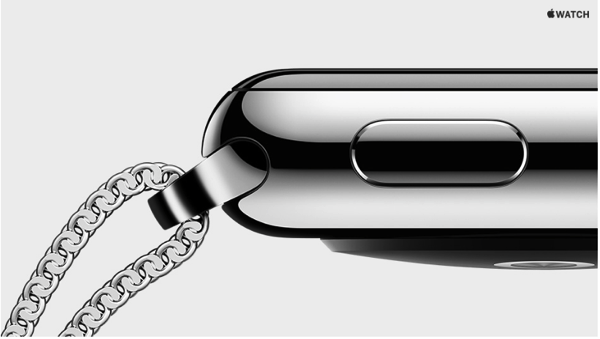
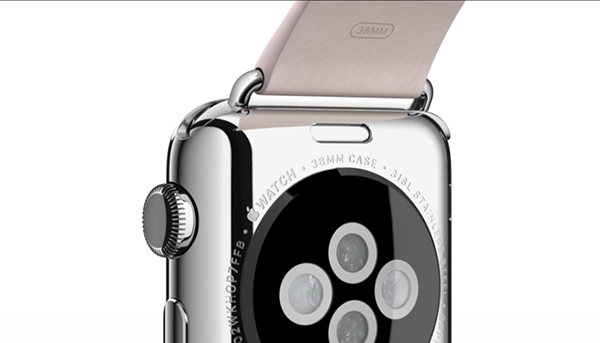
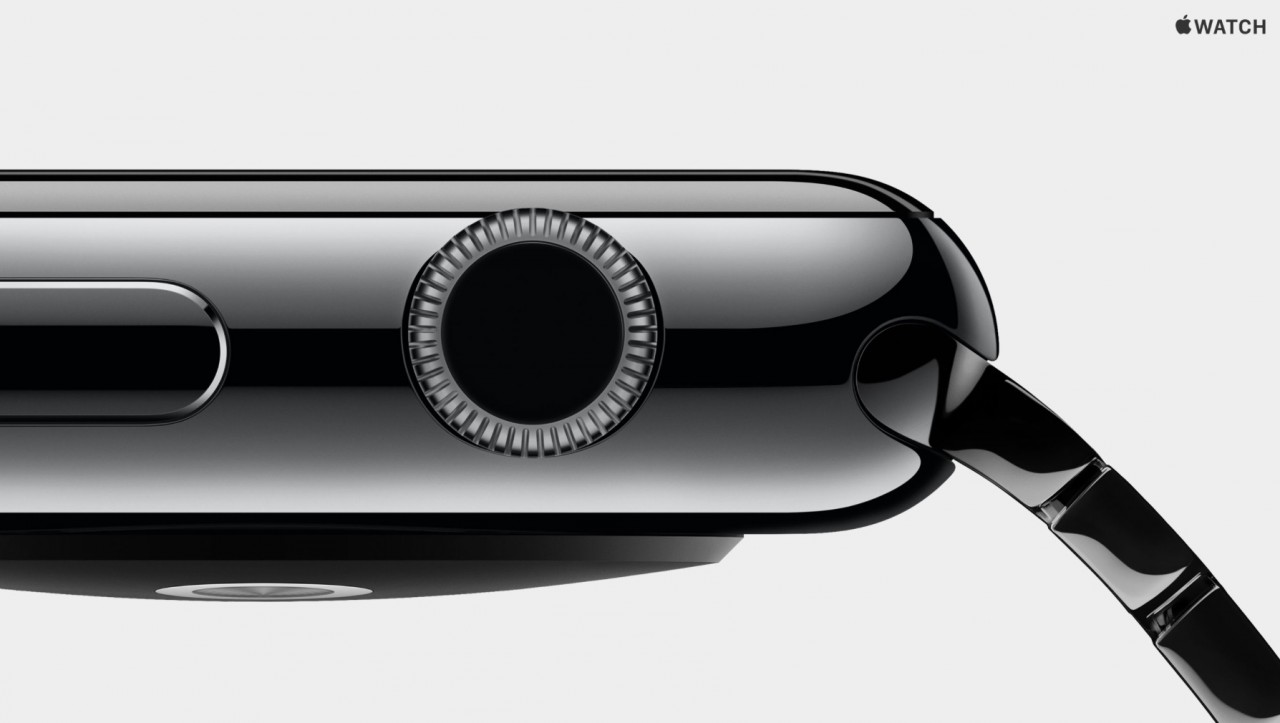
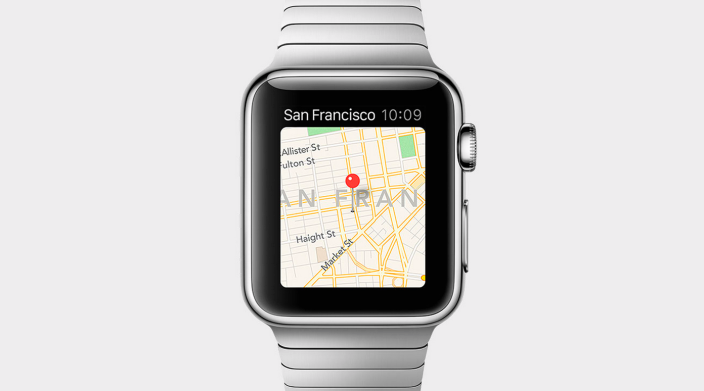
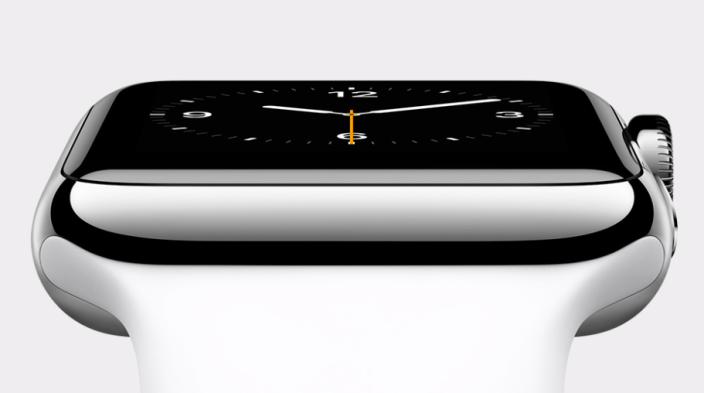
tlovertonet
March 14, 2025
Heya i am for the first time here. I found this board and I find It truly useful & it helped me out a lot. I hope to give something back and help others like you aided me.
Your comment is awaiting moderation.